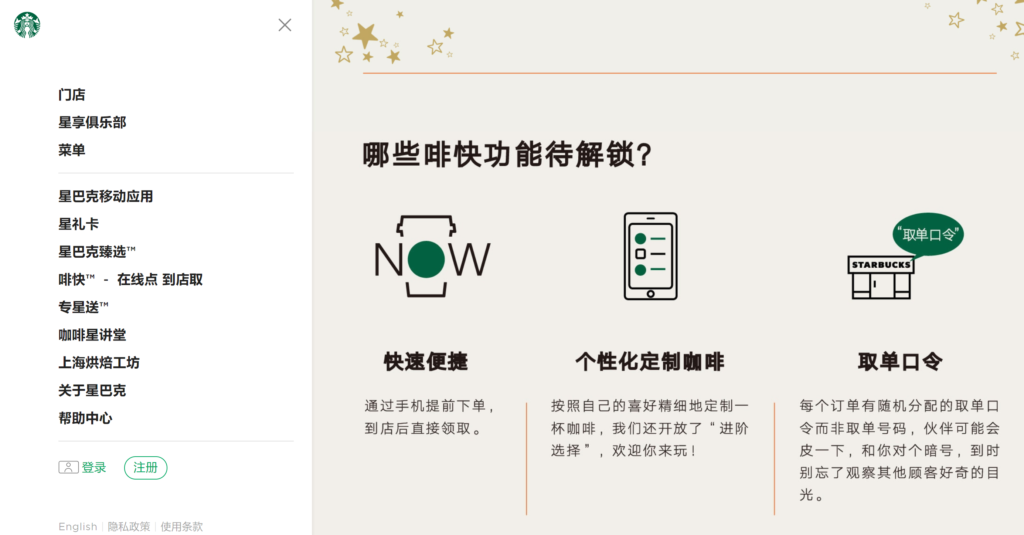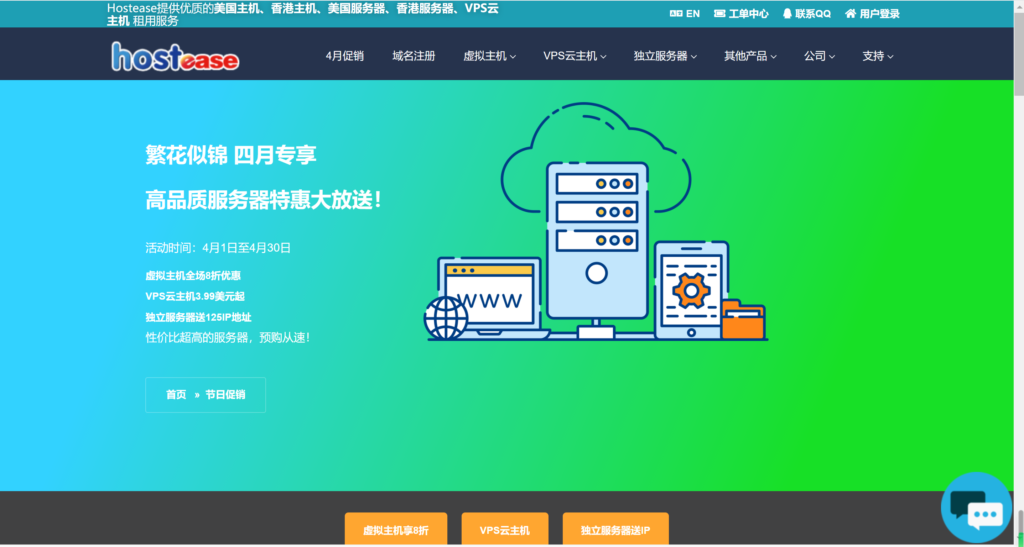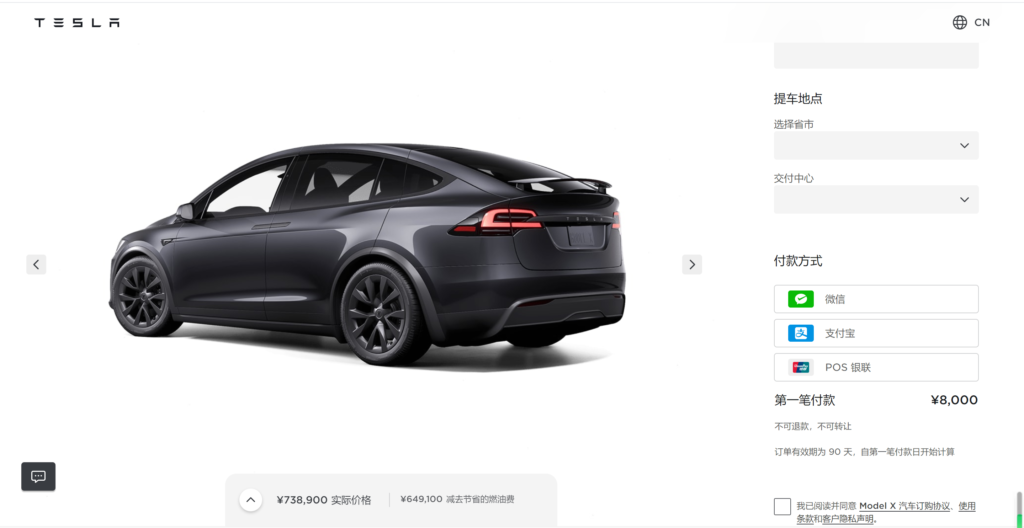A Good website experience is very important for international brands to expand the business in the Chinese market. Your website is more than a mere platform; it’s the face of your brand, the first handshake with your audience, and a pivotal player in your business’s success. You only get one chance to make a first impression for the Chinese audiences. Ninety-four percent of your website visitors’ first impressions are directly connected to the overall look and feel of your site. But what makes a website truly effective and engaging in the Chinese market?
It requires a strategic approach that encompasses cultural nuances, user preferences, and technological advancements. In this guide, Deep Digital China will explore recommended practices, pitfalls to avoid, and real-world examples to assist overseas brands in successfully navigating the intricacies of building a Chinese website.

Understanding the Chinese Digital Landscape
Before delving into website construction, it’s imperative to grasp the unique characteristics of the Chinese digital landscape. With over 1.4 billion internet users, China boasts a dynamic online ecosystem dominated by platforms such as Baidu, Alibaba, and Tencent. Mobile internet usage prevails, accounting for a significant portion of web traffic. Moreover, cultural differences and regulatory frameworks shape user behavior and expectations, necessitating tailored strategies for website development.
Recommended Practices for Building a Good Website Experience
1. Localization is Key
Effective localization involves more than mere translation; it requires adapting content, design elements, and functionality to resonate with Chinese audiences. This includes using Mandarin Chinese, incorporating culturally relevant imagery and symbols, and adhering to local design aesthetics. By prioritizing localization, companies can foster a sense of connection and relevance, thereby enhancing user engagement.
2. Mobile Optimization
Given the ubiquity of smartphones in China, optimizing websites for mobile devices is paramount. Responsive design, fast loading speeds, and intuitive navigation are essential for delivering a seamless mobile experience. Embracing mobile-first design principles ensures that websites cater to the preferences of Chinese users, who frequently access content on the go.
3. Clear Navigation
Clear navigation is akin to providing a well-marked path for Chinese visitors to explore your website with ease, much like a curated tour through your offerings. Just as a map guides adventurers to hidden treasures, intuitive navigation directs users to valuable content and key sections of your site. This entails organizing information logically, using descriptive labels for menu items, and ensuring that Chinese audiences can swiftly locate what they seek. By prioritizing clear navigation, you enhance user experience, encourage engagement, and ultimately lead your audience to the desired destination—whether it’s making a purchase, accessing resources, or learning more about your brand.

4. Streamlined Checkout Process
For e-commerce websites, streamlining the checkout process is critical for reducing friction and increasing conversion rates. Implementing popular payment methods such as Alipay and WeChat Pay, optimizing page load times, and offering localized shipping options can streamline the purchasing journey and instill confidence in Chinese consumers.
Pitfalls to Avoid
1. Cultural Insensitivity
Neglecting cultural nuances or inadvertently using symbols with negative connotations can alienate Chinese audiences and undermine brand credibility. Conducting thorough research and consulting with local experts can help mitigate the risk of cultural missteps and ensure that the website resonates with the target audience.
2. Overlooking Regulatory Compliance
Navigating China’s complex regulatory environment requires diligence and adherence to relevant laws and guidelines. Failure to comply with regulations pertaining to data privacy, censorship, or online content can result in legal repercussions and damage to the company’s reputation. Prioritize compliance to mitigate risks and build trust with Chinese users.
Examples
1. Nike
Nike’s Chinese website exemplifies effective localization, featuring Mandarin Chinese language support, culturally relevant imagery, and tailored product offerings. The seamless integration with social media platforms allows users to share their favorite products with friends and engage with the brand across multiple channels.
2. Tesla
Tesla’s approach to its Chinese website showcases credibility and customer-centricity. By offering independent Chinese website with icp and a user-friendly interface, Tesla caters to the preferences of Chinese consumers. Integration with popular payment methods enables seamless purchase, while a focus on regulatory compliance enhances trust and credibility. Tesla’s Chinese website exemplifies how strategic localization and digital integration can elevate the brand’s loyalty in the Chinese market.

In conclusion, crafting a good website experience for international brands expanding business into China requires a strategic blend of localization, mobile optimization, social media integration, and compliance with regulatory requirements. By adopting recommended practices, avoiding common pitfalls, and drawing inspiration from real-world examples, overseas brands can establish a compelling online presence that resonates with Chinese audiences and drives business growth. Embrace the nuances of the Chinese market, and unlock the full potential of your expansion efforts.
